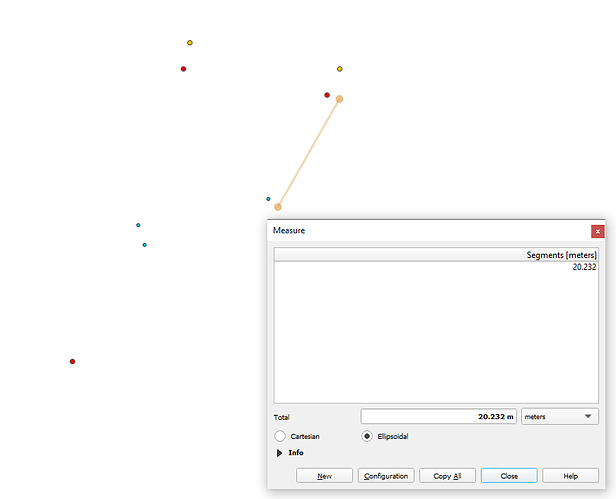Dear all,
I guess for some this can be an easy answer, but it gave me some doubts. Combining average LOS Asc and Desc velocities to obtain average vertical motions (in cm) follows a well-established procedure, and it is “easily” retrievable via interpolating the outputs. Yet, I couldn’t find a final answer when the same approach has to be applied to a single PS points to retrieve ground motion time series as converted from LOS to cm.
Considering that PS points are not exactly matching in Asc and Desc geometries, and that the points forming the time series are from different days, how do we combine them to obtain the time series?
Assuming we use a simplistic approach like:
Vhorizontal = (Vdesc/Hdesc) − (Vasc/Hdesc) / (Edesc/Hdesc) − (Easc/Hasc)
Vvertical = (Vdesc/Edesc) − (Vasc/Easc) / (Hdesc/Edesc) − (Hasc/Easc)
where H and E are the LOS directional cosines. Remote Sens. 2019, 11, 165; doi:10.3390/rs11020165
shall we take the neighbouring PS points of each geometry (i.e., all the PS in 100m radius) and apply the above formula to the averaged values, taking the 2 closest acquisition in time (i.e., Asc 12/06/2020 and Desc 18/06/2020)? (Please, see the example below)
Is there a different approach?
Thanks a lot for your help.
Kind regards,
Simone
The following example shows Asc PS (in blue) and Desc PS (in yellow/red). How can these be combined considering that they’re not exactly representing the same point in space and time?
